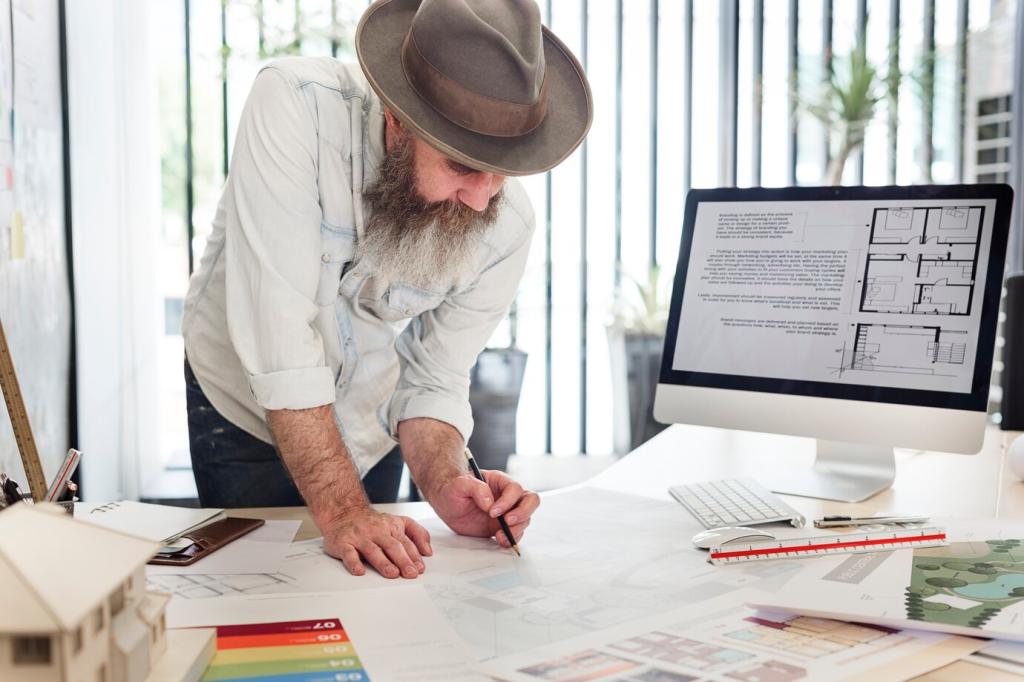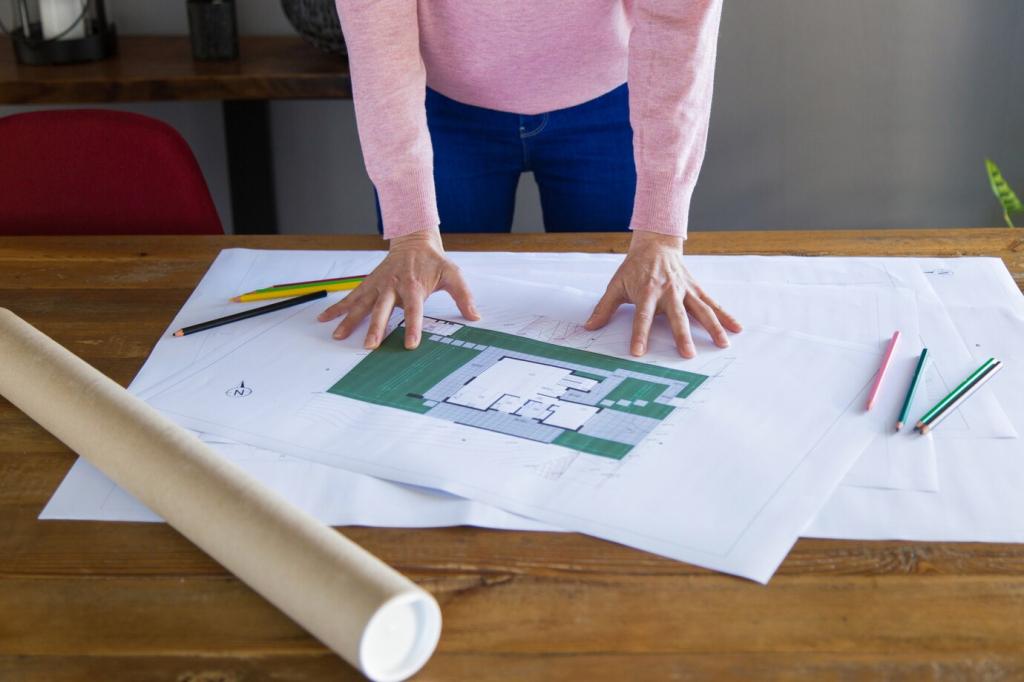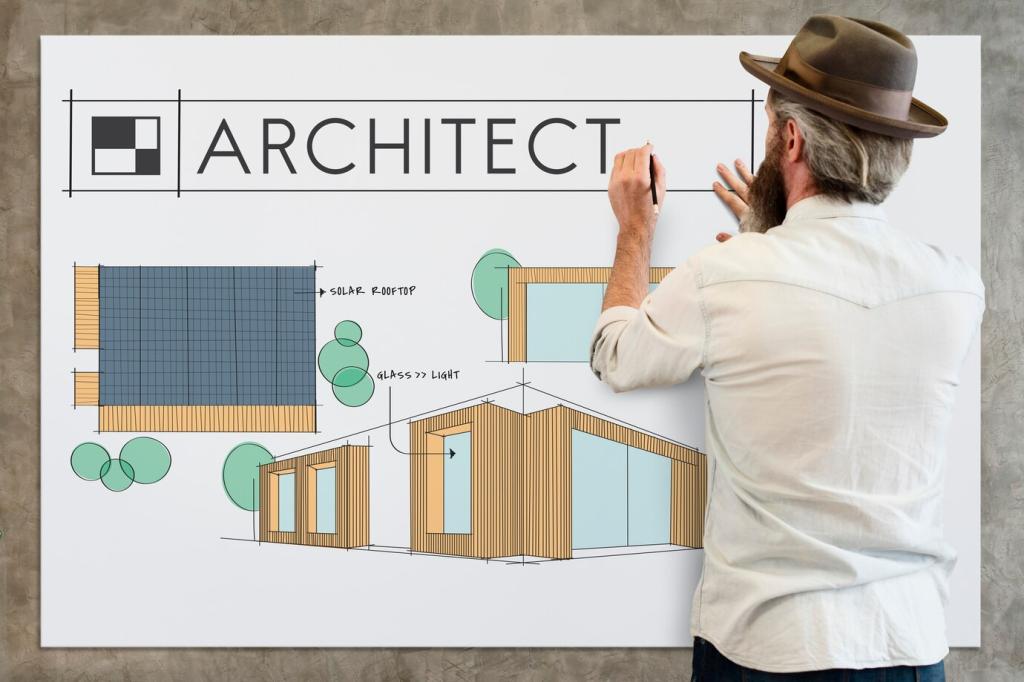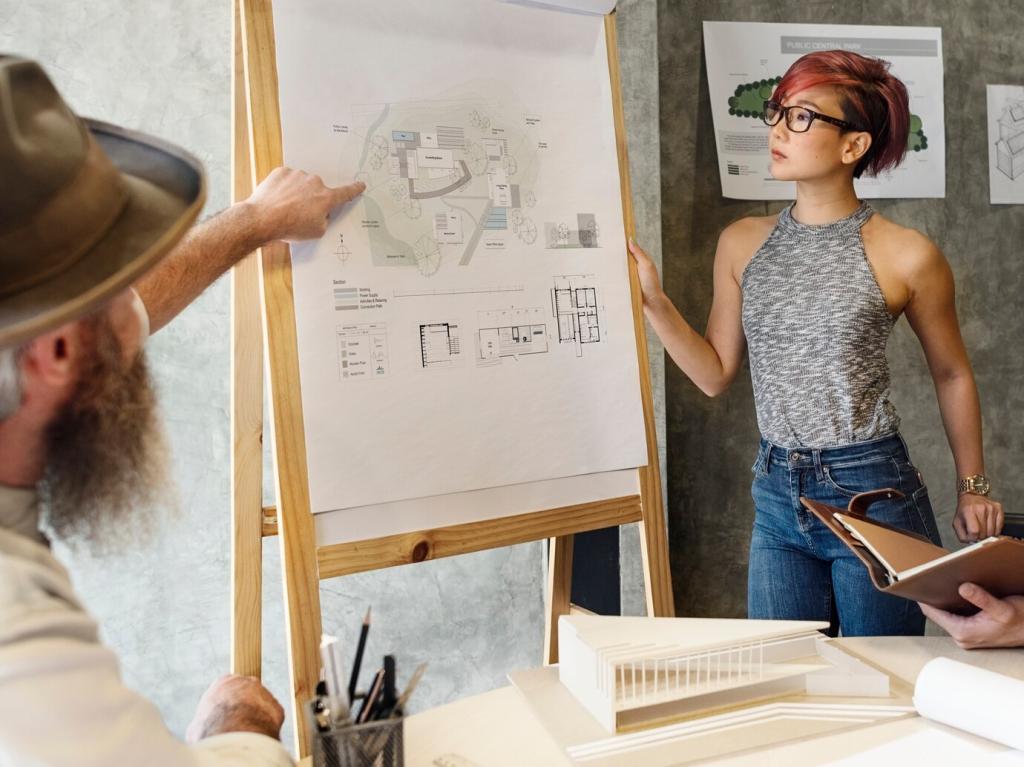
Live Smarter: Energy-efficient Home Design
Today’s chosen theme: Energy-efficient Home Design. Welcome to a bright, practical, and inspiring space where comfort meets conservation. Explore proven ideas, heartfelt stories, and easy wins that lower bills and lift spirits. Join the conversation, subscribe for fresh insights, and share your own efficiency victories or questions with our community.





Heat Pumps, Simply Explained
Modern heat pumps move heat rather than generate it, delivering three or more units of heat for every unit of electricity. Right-sizing prevents short cycling; good placement reduces noise. Paired with a tight envelope, they sip energy while maintaining gentle, even warmth throughout your living spaces.

Fresh Air with Heat Recovery
Energy recovery ventilators exchange stale indoor air for fresh outdoor air while reclaiming heat or coolness. Balanced flows, clean filters, and quiet ducts protect health and save energy. In allergy season, this steady, filtered ventilation can feel like opening a window on your best spring day.
Materials and the Power of the Envelope
Look for materials with published Environmental Product Declarations and solid durability. Dense-pack cellulose repurposes waste into insulation; wood fiber boards add continuous R-value. Prioritize components that last, because durability is efficiency—every extra decade postpones resource use, replacement costs, and embodied energy emissions.
Materials and the Power of the Envelope
Tape the sheathing, seal penetrations, and test with a blower door. Air leaks steal comfort and dollars more than many realize. A careful air barrier multiplies the value of insulation, ensuring each batt or board actually performs as designed, not as optimistically printed on packaging.
Water, Heat, and Landscape Synergy
Heat pump water heaters, short pipe runs, and well-insulated recirculation lines cut losses. Consider point-of-use heaters for distant fixtures. Measure your morning peak and adjust schedules accordingly. You will find comfort unchanged, yet your energy graph dips where waste once hid between walls and appliances.

Audit loads, reduce demand, then design PV to fit. Orientation, inverter choice, and shading analysis make or break output. Battery-ready wiring now can spare future headaches. Readers often report a pleasant surprise: smaller arrays once the home uses less, with payback arriving earlier than expected.

Join our mailing list
